Europe: a populist surge
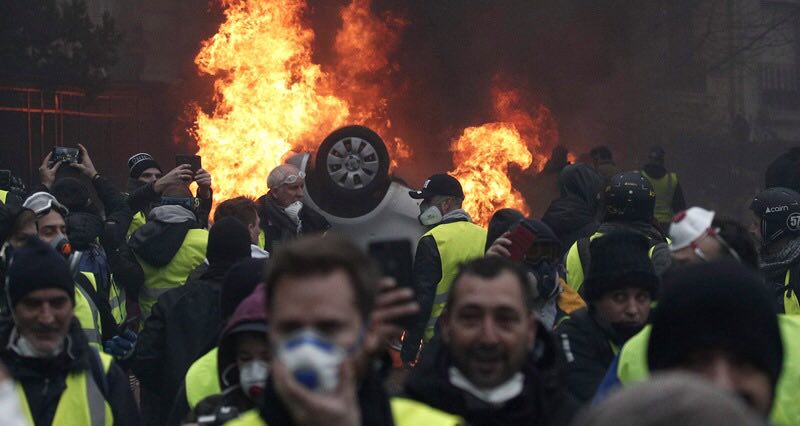
In 2019, the rise of populism in Europe continued apace. France’s Yellow Vest protesters returned to the streets throughout the year, turning from a fight against increased gasoline prices to a mass movement against the neoliberal policies of President Emmanuel Macron. The protests also inspired people abroad, expanding into other countries’ throughout Europe (Germany, Belgium, the Netherlands, Spain, and many others) and around the world (for example, in Canada, the Middle East, northern Africa, etc.).
The populist struggle also advanced in Britain over Brexit, with pro-Brussels forces attempting to upend the country’s hard won victory. The globalists made numerous attempts to cancel Brexit or force another referendum, but all of their efforts failed– Theresa May was pushed out after her mediocre plan was rejected three times, and was replaced by Boris Johnson, whose Conservative Party won a definitive victory in the early parliamentary elections in December due to its promise to ensure that a timely withdrawal from the European Union takes place. The legitimately elected prime minister now has more room to maneuver and influence the “divorce” process.
Another notable success for the populist trend was the parliamentary elections in Spain, where the rightist Vox party more than doubled its seats and became the third most powerful party in the political arena. This marks the first time a party this far to the right became one of the main political forces in Spain since Franco’s reign.
The most curious situation involving populist forces in 2019 was undoubtedly what took place in Italy. On the one hand, the success of Matteo Salvini and other populists in the country has been undeniable, while on the other hand, contradictions between the groups of the governing populist coalition came to a head during the year, resulting in a serious split.
The League Party showed its popularity not only during the domestic Italian elections in 2018, but also during the elections in the European Parliament, where Salvini’s party beat out all other Italian parties, winning 34% of the vote. In Italy, a coalition of the League and the Five Stars Movement held power for 14 months, after which it became difficult to ignore the mounting contradictions. A temporary consensus figure, Giuseppe Conte, announced his resignation in August, confirming his globalist priorities. After the collapse of the coalition, Salvini faces not only traditional criticisms regarding his hardline stance on the migration issue, but also has to deal with having been stabbed in the back by his former coalition colleagues.
It is not clear how the drama will play out, but Italy’s experience has clearly shown how strong the demand for populism is among Europeans and how difficult it is to hold on to power under pressure from the globalist elites who retain their economic and information power.
Shiite Crescent Protests
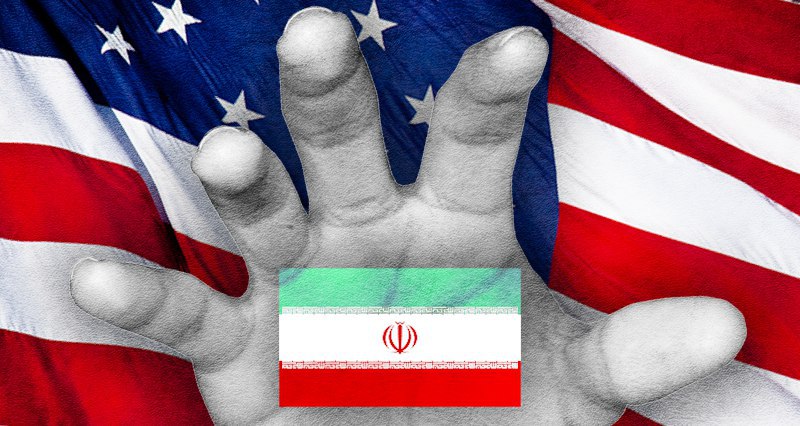
In early October, Iraq witnessed the start of violent protests that eventually led to the resignation of Prime Minister Adil Abdul- Mahdi. Almost simultaneously with the Iraqi protests, massive demonstrations started in Lebanon that forced out Prime Minister Saad Hariri. On November 15, similar protests began in Iran after the government introduced new quotas for gasoline and increased prices.
From October to December, protests swept a significant part of the Shiite world. In Iran, protesters were openly supported by the United States and Israel. In Lebanon, protesters were supported by pro-American political forces and NGOs who quickly used them in their fight against Hezbollah and President Michel Aoun. In Iraq, the Supreme Ayatollah of Iraq, Sistani, who had previously actively collaborated with the Americans and had serious differences with the spiritual leadership of Iran, strongly supported the protests. America’s role in all of these protests is extremely evident.
The purpose of the ongoing protests in Iraq and Lebanon is to break the Shiite axis and deprive Iran of access to the Mediterranean Sea by overturning governments friendly to the Islamic Republic. These uprisings coincided with increased US pressure on Iran due to tensions in the Persian Gulf over the year. The US and Iran came to the verge of war at least once during the turmoil. One of the main objectives in instigating these protests is to ensure that Washington’s sanctions and blockade of Iran is effective.
Sudan. Hong Kong. India. Venezuela. Lebanon. 2019 was the year of major street protests around the world.
Here’s a look back at some of the biggest protest movements this year pic.twitter.com/GcODRUE4w3
— QuickTake by Bloomberg (@QuickTake) December 25, 2019
Saudi Arabia and the United Arab Emirates are also heavily invested in the protests in Iraq, having provided money to the rioters through their emissaries.
The protesters in both Lebanon and Iraq are striving to change the structure of their governments, both of which are currently based on striking a balance between various ethno-religious groups. Allegedly, these systems have resulted in corruption and nepotism… however, swiftly upending the fragile balance could lead to sectarian wars or even large-scale ethno-religious conflict.
Turkey, Iran and Russia in Syria: everything goes according to plan
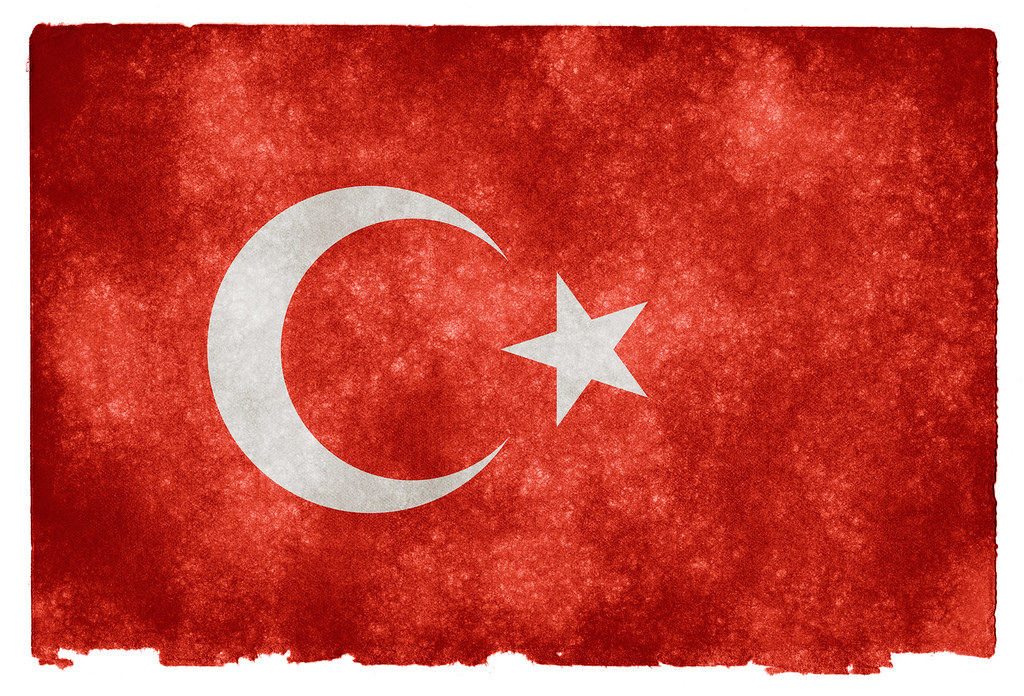
The collaborative efforts of Turkey, Russia and Iran in Syria through 2019 have been extremely successful. On September 16, the latest meeting between Recep Tayyip Erdogan, Vladimir Putin and Hassan Rouhani took place in Ankara. By early October, Turkey had launched Operation Source of Peace in northeastern Syria against Kurdish separatist units.
This operation was one of the results of Turkish-Russian agreements regarding the creation of a buffer zone near the Syrian-Turkish border in accordance with the 1998 Syrian-Turkish agreement in Adana. The Kurdish pseudo-state in eastern Syria ceased to exist, and the Kurds themselves were forced to negotiate with the government in Damascus.
ABD’nin ‘Kürdistan’ına bölge merkezli çözüm https://t.co/5tUAeR3jiU pic.twitter.com/zizqLuCGfF
— Aydınlık (@AydinlikGazete) September 29, 2019
In December 2019 in Idlib, Operation Idlib Dawn began. The result will most likely be Damascus establishing control over a significant part of the province of Idlib. Despite vehement criticism from the Turkish side, the operation appears to have been conducted in accordance with the agreements with Russia, Turkey and Iran reached earlier in the year. It is likely that Turkey will be guaranteed a buffer zone controlled by Turkish troops near its border, while the Syrian government takes control of the main transport routes in region (Routes M4 and M5).
Hong Kong: Neo-colonial protests
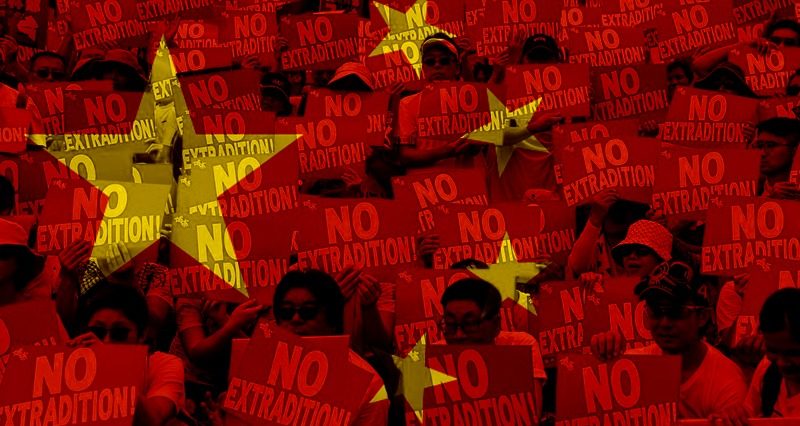
On May 15, mass protests began in Hong Kong which have continued ever since. Initially, the protests were directed against a proposed change to the territory’s extradition law, which would have allowed mainland China to extradite criminals who flee to Hong Kong. However, even after Hong Kong authorities abolished the proposed changes, the protests did not stop.
The slogans of the protesters quickly radicalized. Since the summer, the demonstrations have been led by separatists who want to fully secede from China and those who support a radically pro-Western political course. The protesters waved the flags of the United States and Great Britain, desecrated the flag of China in public places and hung the region’s flag from the period when it was a British colony.
British and American authorities and media sources have provided strong public support to the protesters from the very beginning. In November, the US passed a law on sanctions against China for alleged violations of “human rights” in Hong Kong. The Hong Kong protests are being used to destabilize China, with western powers hoping they will help undermine one of the largest financial markets in East Asia, hurt China’s public image and hinder the advancement of the One Belt, One Way project.
In addition, the US sees the Hong Kong protests as a tool to put more pressure on China in the framework of the ongoing trade war.
US in the Middle East: from Syria to the threshold of Iran

In October, Turkey’s preparations for Operation Source of Peace forced the United States to begin withdrawing troops from Syria. This was announced in early October by President Donald Trump and Pentagon leadership. The United States began to transfer troops from Syria to Iraq, leaving bases in areas where the Turkish operation was supposed to take place.
However, following statements about the withdrawal from Syria, US authorities announced their intention to maintain control over the oil fields of this country. The US did withdraw a significant number of troops from Syria and relocated others to the southeast.
Coinciding with the troop decrease in Syria, the US increased its military contingent in Saudi Arabia. In September, the Pentagon announced the deployment of an additional 3,000 troops to the country. In total, the number of US troops there has reached 14,000. The transfer of troops took place against the backdrop of intensified confrontation with Iran in the Gulf of Hormuz and the Persian Gulf, several attacks on oil tankers and drone strike against Saudi oil infrastructure.
The US is creating more excuses to increase pressure on Iran. At the same time, Syria and Afghanistan are becoming more peripheral to the US’ plans, which will result in a decreased military presence in these countries.
Kashmir: an old hot spot reignites
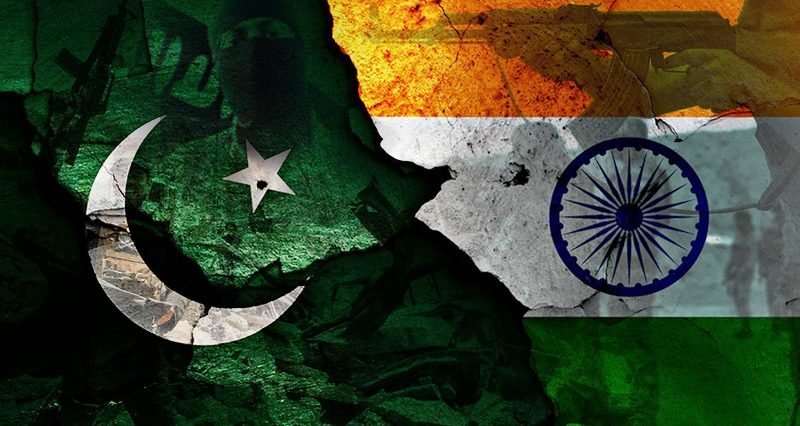
The situation in Kashmir exploded at the very beginning of 2019. In February, the armed forces of India and Pakistan clashed in a military conflict after Pakistan-based terrorists attacked police officers in Pulwama. India and Pakistan then exchanged airstrikes and artillery fire.
Over the year, the situation in Kashmir remained tense. In August, New Delhi announced the abolition of state of Jammu and Kashmir and the creation of two union territories in its place (both are administrative units that have far fewer rights than the states). The first retained the name Jammu and Kashmir, the second is now called Ladakh.
The changes resulted in a decrease in the territorial autonomy of Kashmir and the abolition of the special status of the territory, which was previously prescribed in the Constitution of India. This provoked heavy protest from Pakistan and the local Muslim population in the Indian part of Kashmir. This issue is far from solved, and it seems like things will only heat up further in 2020.
Latin America: the burning continent
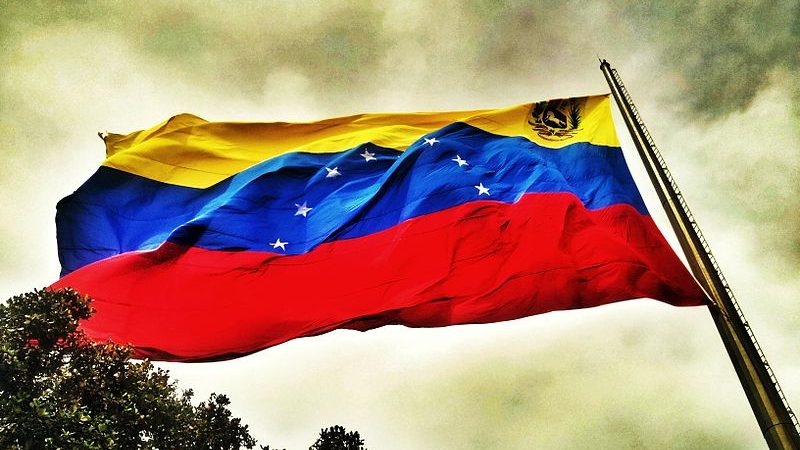
In 2019, countries through the Western Hemisphere were shocked by massive protests. In January, the political crisis in Venezuela reached its climax when Washington backed opposition forces refused to recognize the victory of the incumbent head of state, Nicolas Maduro, and took to the streets by the thousands. At that point, the 36-year-old speaker of parliament, Juan Guaido (who received open support from the US, EU, Brasil, Columbia and the much of the Organization of American States) proclaimed himself the head of state.
In February, massive protests broke out in Haiti, while July saw demonstrations taking place all across Puerto Rico, a US colony in the Caribbean.
In October, protests swept the Andes: Ecuador, Chile and Bolivia. In Ecuador and Chile, protests were organized by leftist forces, while the right rallied in Bolivia. On November 10, the President of Bolivia, Evo Morales, under the pressure of military, announced his resignation and flew to Mexico, where he was granted political asylum. In November, large-scale left-oriented protests began in Colombia.
As a result of the presidential elections in Argentina in October, anti-American forces returned to power in the largest Spanish-speaking country on the continent. The Peronist Alberto Fernandez has already begun to show support for the ousted president of Bolivia. Another center of opposition to US hegemony could be Mexico, where the left-wing Manuel Lopez Obrador of the Labor Party came to power in December of last year.
On the other hand, Brazil, led by Jair Bolsonaro, has become the stronghold of the pro-American right. Washington also scored a major victory by successfully organizing a coup against Bolivia’s Evo Morales– however, the new pro-US coup regime is not yet fully stabilized.
Libya: the crisis continues
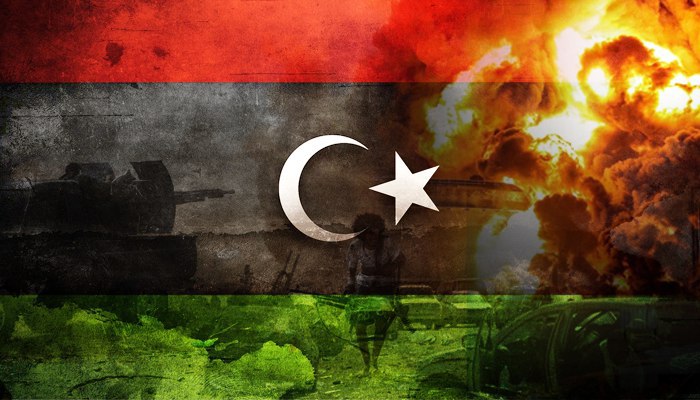
Throughout 2019, the civil war in Libya only intensified. On April 4, the head of Libyan National Army, Field Marshal Khalifa Haftar, launched an offensive on Tripoli, where the islamist Government of National Accord (GNA) is based. Haftar’s forces have so far been unable to take the capital.
Forces loyal to the GNA control the west of the country, while those of Haftar control the east and south. Haftar has the legally elected parliament of Libya on his side– however, the GNA is recognized by the UN, despite the fact that the Skhirat Agreement which granted it this legitimacy ceased to exist in 2017.
The GNA and the forces of the de facto autonomous port city of Misrata (the center of Turkish community in Libya) are supported by Turkey and Qatar who provide them with military advisers and equipment. In December, the GNA announced that it is also supported by Algeria and Tunisia.
Haftar’s side is predominantly made up of Turkey’s opponents (Egypt and Greece) and Qatar’s (the UAE, Jordan and Saudi Arabia, as well as France and partially Russia.)
In December, Turkish President Recep Tayyip Erdogan signed two agreements with the head of the GNA, Fayez Sarraj, establishing Turkey’s maritime boundaries with Libya and securing military assistance to the GNA.
my latest The #Geopolitics of the #Turkey–#Libya #Maritime_Deal @GiorgioCafiero @GulfStateAnalyt @RaufNMammadov
Signing a memorandum of understanding with Libya was one of the most important steps it has taken in this regard. https://t.co/l2dnCbSskX— Omid Shokri Ph.D. (@ushukrik) December 30, 2019
These agreements have paved the way for an increase in Turkey’s military presence in Libya, which was eventually formally requested by the GNA. Erdogan has repeatedly criticized Russian military presence in Libya and promised to raise the topic in negotiations with Vladimir Putin. Despite the volatile nature of his statements, the fact that Erdogan has been predominantly preoccupied with Russian military presence is most likely a sign that Ankara intends to offer Russia (rather than one of the other players supporting Sarraj) a deal. One option for Moscow is to place Misrata under Turkish control in exchange for Sarraj’s surrender, it could push for the establishment of joint control over Tripoli. Ankara will likely try to maximize the realization of its interests in Libya by aiming for the inclusion of all of Tripolitania.
United States: Trump’s impeachment
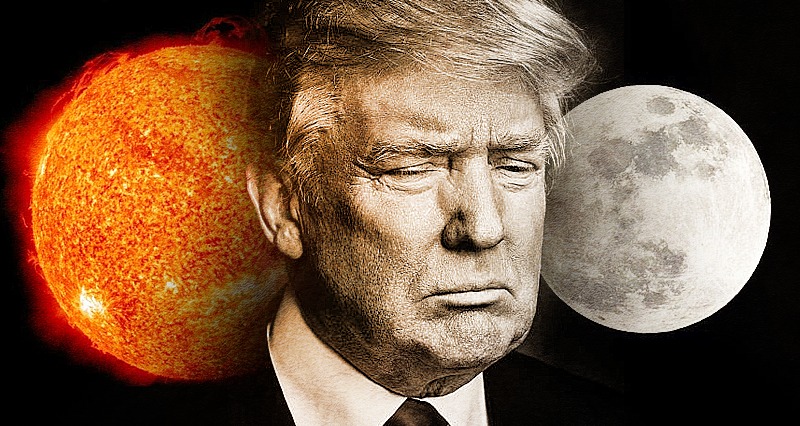
In the United States, the main political event of 2019 was likely the House of Representatives decision to impeach President Donald Trump on December 18th. The president is accused of abusing power and obstructing the work of Congress.
The impeachment process was initiated in response to Trump’s asking Ukrainian authorities to help him discredit his main contender in the coming election, former Vice President Joe Biden. In autumn, the Democrats used a phone call Trump had with the Ukranian president as a basis to initiate the impeachment procedure.
In January 2020, the Republican controlled Senate will almost certainly vote against impeachment. However, the Republicans may also be able to use the Senate process to interrogate Democrats: primarily regarding Joe Biden and his son Hunter. This could allow them to hurt the ratings of one of Trump’s main competitors in the 2020 election.
The end of the INF Treaty
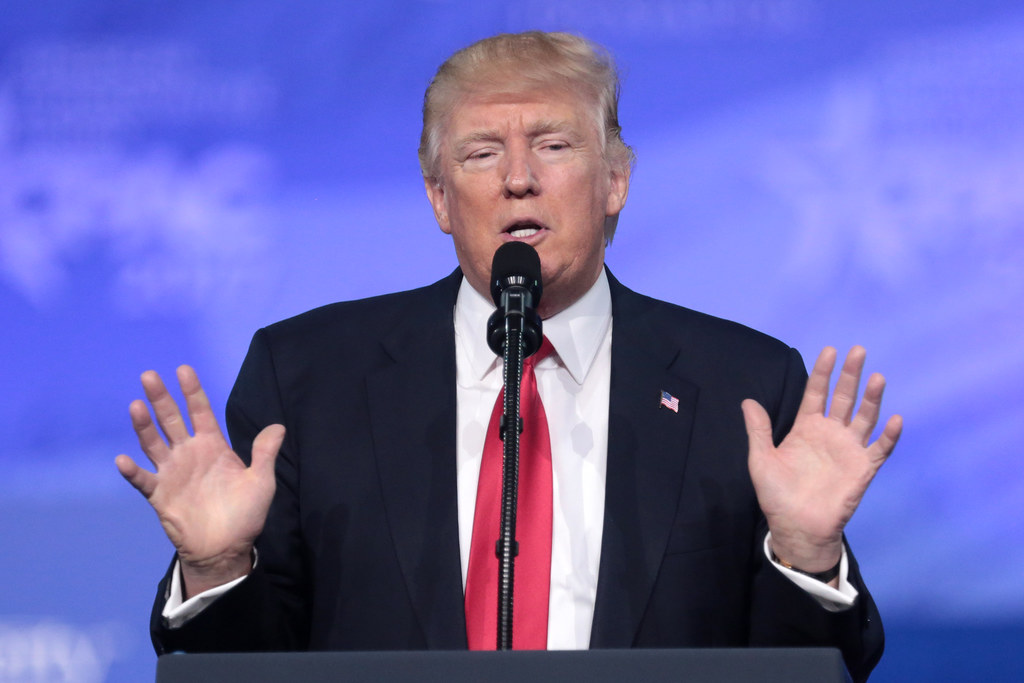
In 2019, the Intermediate-Range and Shorter-Range Missile Treaty was terminated. The treaty was signed in 1987 by the United States and the USSR, prohibiting either country from producing medium and shorter range land-based missiles. However, in 2018-2019, the United States and Russia repeatedly accused each other of having violated the agreement, resulting in the United States unilaterally withdrawing from it on August 2.
The termination of the Treaty has very serious implications for the global arms control system. At this point, nothing is stopping Russia or the United States from creating and deploying such missiles, including nuclear equipment, in Europe, the Middle East and Asia. The security of Europe and the Middle East (including Turkey where the two sides interests intersect) is at grave risk.
The US says that it is ready to renegotiate the treaty, but demands it be expanded to include China… however, China is completely opposed to the idea. The US’ strategy to use medium-range missiles to pressure China is obvious: it will either either restrain China by deploying missiles, or force Beijing to reduce its own arsenals.
In 2020, the continuation of yet another arms agreement between Russia and the USA, the New START, may also be at risk. Again, the US insists on including China. This likely means that Washington will refuse to renew another major weapon’s agreement, which could very easily result in a new nuclear arms race.













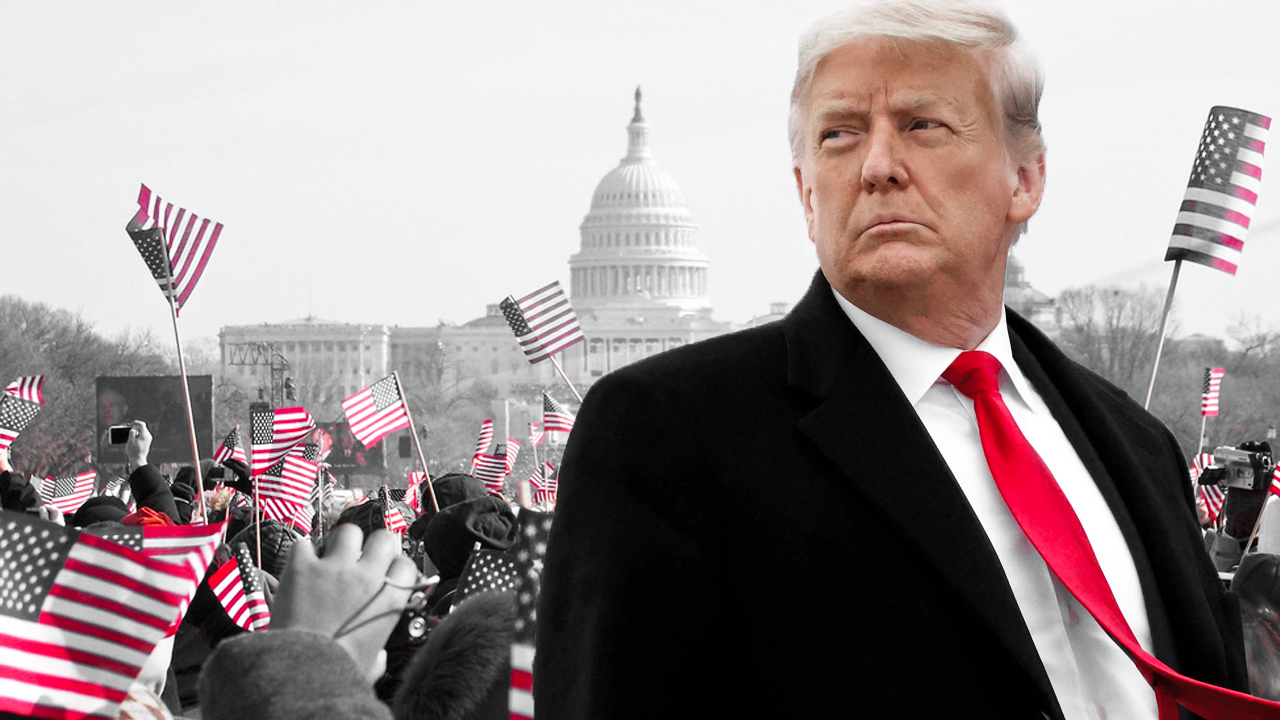
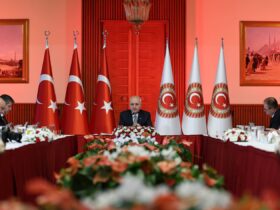
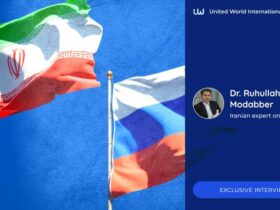

Leave a Reply